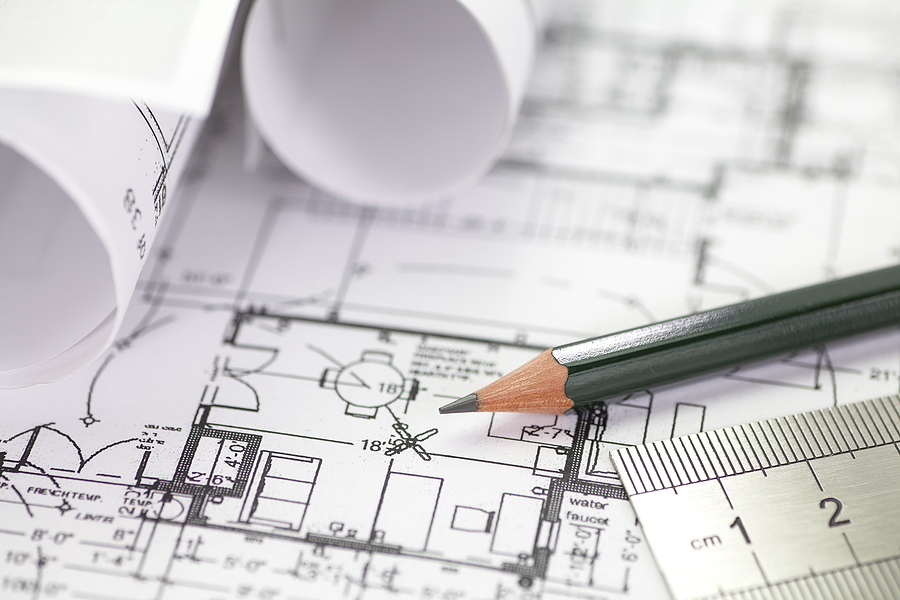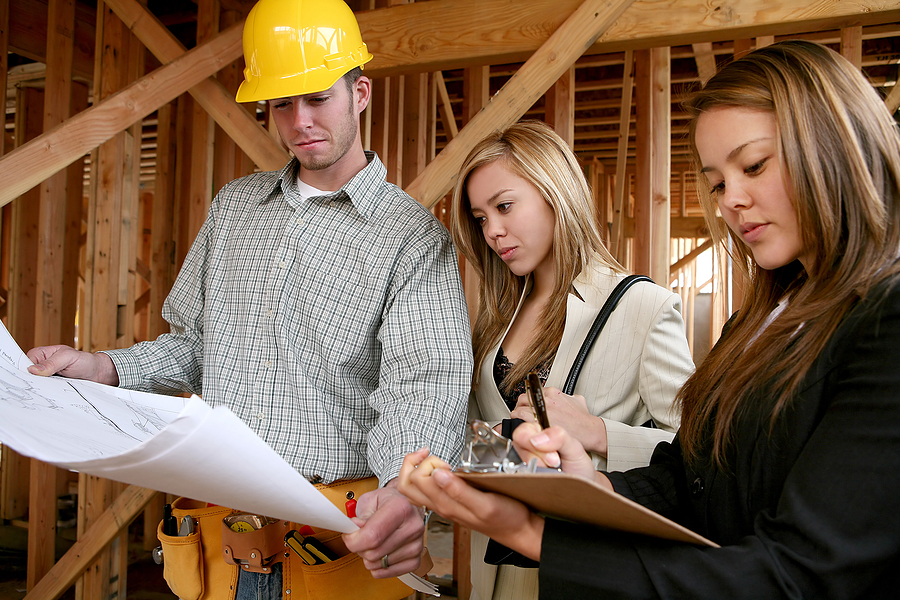Your physical space is often the first tangible interaction a customer has with your business. It’s more than just a place to sell products or offer services; it’s a powerful branding tool that communicates your company’s story, values, and promise. A well-executed commercial remodel can transform a generic location into a memorable brand experience, but many business owners feel overwhelmed by the process, worrying about costs, downtime, and complex regulations.
Understanding how to strategically remodel your commercial space is crucial for building a strong brand identity and achieving long-term success. This guide offers practical commercial remodeling ideas to help you create a space that not only attracts customers but also boosts your bottom line. We’ll explore how to align your design with your brand, maximize functionality, and make smart investments that deliver a significant return.

Remodel Your Space, Reinforce Your Brand
Define Your Brand Identity First
Before you start tearing down walls or picking out paint colors, it’s essential to have a crystal-clear understanding of your brand identity. A remodel that isn’t grounded in a solid brand strategy is a missed opportunity. Your physical environment should be a direct reflection of who you are as a company.
Ask yourself these questions:
- What are our core values? Are we innovative, traditional, eco-friendly, or community-focused?
- Who is our target customer, and what kind of atmosphere would resonate with them?
- What is the primary emotion we want customers to feel when they walk through our doors?
- How do we want to differentiate ourselves from our competitors?
Answering these questions will provide a roadmap for your commercial space design. For example, a tech startup aiming to convey innovation might opt for an open-concept layout with interactive displays and modern finishes.
In contrast, a family-owned bookstore might choose warm woods, cozy seating, and soft lighting to create a welcoming, traditional atmosphere. Neglecting this foundational step is a common mistake that can lead to a disjointed brand experience.
Remodeling Ideas to Reflect Your Brand
Once you’ve defined your brand identity, you can start translating it into tangible design elements. The goal is to create an immersive experience that tells your brand story from the moment a customer enters.
Consider these iconic examples:
- Apple Stores: Their minimalist, sleek design with clean lines and premium materials directly mirrors their product design and innovative brand identity. The open, uncluttered layout encourages interaction and exploration.
- Starbucks: With its warm lighting, comfortable seating, and free Wi-Fi, Starbucks has successfully created a “third place” between home and work. This welcoming environment reinforces its brand as a community hub.
Here are some commercial remodeling ideas to get you started:
- Create Experiential Spaces: Go beyond transactions by offering unique brand interactions. A retail store could add a photo booth with branded props, while a fitness studio might install a smoothie bar.
- Incorporate Brand Colors and Logos: Use your brand’s color palette strategically on walls, furniture, and signage. A custom-designed mural or a prominently displayed logo can create a strong visual impact.
- Integrate Technology: Modern technology can significantly enhance the customer experience. Think smart lighting, interactive digital displays for product information, or seamless self-checkout kiosks. This not only engages customers but also positions your brand as forward-thinking.
Maximize Space and Functionality
A successful commercial remodel balances aesthetic appeal with practical functionality. An attractive space that hinders workflow or frustrates customers is ultimately a failure. Your commercial space design should optimize every square foot to support both your employees and your customers.
Here’s how to improve functionality:
- Analyze Workflow: Observe how employees and customers move through your space. Identify bottlenecks and areas of congestion. A remodel can help create a more intuitive and efficient layout.
- Embrace Flexible Design: The needs of your business will change over time. Incorporate adaptable design elements like movable walls, modular furniture, and multipurpose zones. This flexibility allows your space to evolve with your business, avoiding the need for frequent, costly renovations.
- Prioritize Biophilic Design: Integrating natural elements like plants, natural light, and organic materials can do wonders for well-being and productivity. Studies have shown that biophilic design reduces stress and improves focus, benefiting both employees and customers.
Consult With Our Commercial Remodeling Pros Today ✨
Lighting, Color, and Materials
The sensory elements of your space—lighting, color, and materials—are powerful tools for creating a specific brand ambiance.
Lighting
Lighting sets the mood. Bright, cool lighting can create an energetic and modern feel, perfect for a gym or tech store. Warm, soft lighting fosters a cozy and intimate atmosphere, ideal for a café or a boutique. Consider smart lighting systems that can be adjusted throughout the day to match the desired mood.
Color Psychology
Colors evoke specific emotions. Blue often conveys trust and reliability, making it a popular choice for financial institutions. Green is associated with nature and health, fitting for a wellness brand. Use your brand’s accent colors to draw attention to key areas or products.
Materials and Textures
The materials you choose contribute to the tactile experience of your brand. Polished concrete and exposed metal can feel industrial and modern, while reclaimed wood and soft textiles feel rustic and comfortable. Opt for sustainable, eco-friendly materials to appeal to environmentally conscious consumers and reinforce a commitment to corporate responsibility.
Navigating Budgets and Legal Requirements
Concerns about costs and legal hurdles often deter business owners from remodeling. However, with careful planning, you can manage these challenges effectively.
Budgeting for Success
Think of a remodel as a strategic investment, not just an expense. Plan for both the immediate costs and the long-term return on investment (ROI).
- Prioritize renovations that will have the biggest impact on customer experience.
- Consider a phased approach to spread out costs over time.
- Get multiple quotes from a reputable commercial remodeling company.
- Budget for professional design and project management to avoid costly errors.
- Factor in potential downtime and explore ways to minimize its impact.
Understanding Legal Compliance
Navigating permits and regulations is a critical step.
- Ensure your plans comply with local building codes and zoning laws.
- Obtain the necessary permits for any structural, electrical, or plumbing work.
- Your remodel must adhere to the Americans with Disabilities Act (ADA) to ensure accessibility for everyone.
- Consult with professionals to ensure you meet all fire safety and environmental regulations.
Final Thoughts
A commercial space remodel is far more than a cosmetic update. When executed thoughtfully, it is a powerful investment in your brand’s future. It allows you to create a physical manifestation of your brand identity, enhance the customer experience, and improve operational efficiency. By carefully defining your brand, planning your design, and navigating the practicalities of budget and regulations, you can transform your space into a key driver of growth and customer loyalty.
Ready to elevate your brand with a commercial space that truly represents your vision? Schedule a Consultation Today to discuss your commercial remodeling ideas with our expert team.
Related Post: Trendy Business Renovations for a Standout Brand Identity









